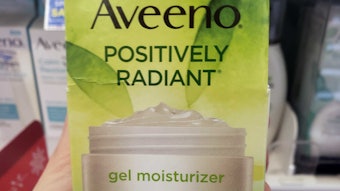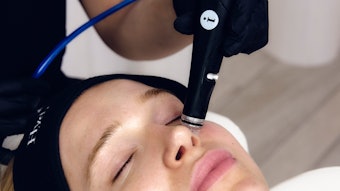The approach to ethnic skin care and treatments can be challenging. This mainly is because ethnic skin has a propensity to develop hyperpigmentation, or a darker discoloration of the skin, or hypopigmentation, a lighter discoloration of the skin, when the appropriate products or treatments are not utilized. To further examine the challenges of ethnic skin care, one must first define ethnic skin.
The Fitzpatrick Skin Type classification often is used to define ethnic skin. This scale ranges from type I (ivory white skin) to type VI (dark brown skin) and defines skin type based on its reaction to UV light. Skin of color can be defined as skin types IV–VI (see Fitzpatrick Skin Type Classification).
Pigmentation in the skin is determined at a cellular level. Melanocytes are the cells that make melanin or pigment in the skin. Melanosomes are the packages of melanin produced by the melanocyte. Pointy extensions of the melanocyte then transfer melanosomes into the keratinocytes.
Although there may be some variation in the number of melanocytes between races, this difference is not striking. In all races, there are approximately 2,000 epidermal melanocytes/mm2 on the head and forearm, and 1,000 epidermal melanocytes/mm2 on the rest of the body. These differences are present at birth.1 Thus, all persons have the same total number of melanocytes; it is the distribution of melanosomes in the keratinocytes that correlates with skin color. In white skin, typically types I-III, melanosomes are small and aggregated in complexes. In black skin, types V and VI, there are larger melanosomes, which are singly distributed within keratinocytes.










